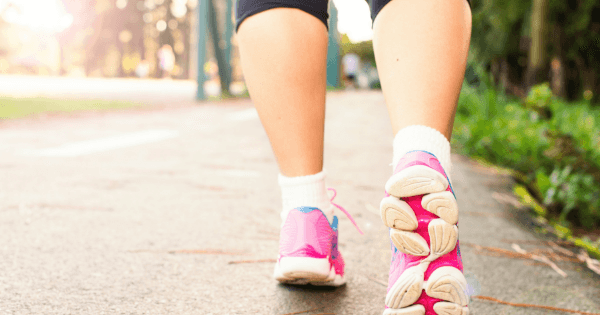)
Is it Safe to Exercise During Cancer Treatment?
Exercise is a safe intervention that benefits most people during and after cancer treatment and can significantly help manage some of the side effects that can occur. Research suggests that exercise can:
- Improve quality of life
- Speed up return to your usual activities
- Help manage some of the common side effects of treatment
The positive impacts are plentiful.
Research has demonstrated that exercise can reduce side effects during different phases of breast cancer treatment, as well as clinical improvements in mood, fitness, mobility and quality of life.
Lymphodema in breast cancer can be improved both in subjective (how it feels) and objective measurements (such as measuring arm circumference).
Other studies showed exercise during chemotherapy lead to improvements in levels of anxiety, depression and sleep disturbances, whilst also improving emotional wellbeing and physical function.
For cancer-related fatigue, exercise and psychological interventions were found to be even more effective than pharmaceutical interventions.
And for those in survivorship, exercise also has an anti-depressant effect and significantly reduces cancer mortality and recurrence.
Sounds fantastic doesn't it?
What kind of exercise is best?
Various options that are safe exercise during cancer treatment include walking, cycling, strength training, and yoga. If you were previously a very sporty person, do not expect to be able to exercise at that same level, but take it down a notch.
When planning an exercise routine take these into account:
- Start slow, even if you can do an activity for a couple of minutes a day. Even small amounts are helpful, and this can be increased over time if you feel up to it.
- Start with short periods of exercise and take breaks frequently.
- Make sure you stretch afterwards and hold your stretch for around 20 seconds. This will also increase your flexibility and aid in range of motion in your joints.
- If you can, include some exercises which involve resistance or light weights which will help bone strength and lean muscle mass.
Once comfortable, the general recommendation is moderate intensity activity of at least 45-60 minutes per day, or 30 minutes of vigorous intensity per day, for five days a week. And it's not just about actual exercise per se, but being active and mobile various times of day.
How can you be active everyday?
- Walk instead of driving to the shops
- Walk during your lunch break
- Walk or cycle to work, and walk up and down stairs instead of taking the lift or escalator
- Play a tennis game
- Get off the train or bus one stop earlier and walk the rest of the way
- Pilates or yoga
- Do housework like vacuuming or mowing the lawn
- Go and talk to colleagues instead of sending an email
- Dance class
- Step it up - a pedometer is a gadget that fits to your belt/wrist and counts the number of steps you take. Aim towards 10,000 steps daily
Most importantly, have fun while doing it, and listen to your body. You know yourself best.


)










Tags: